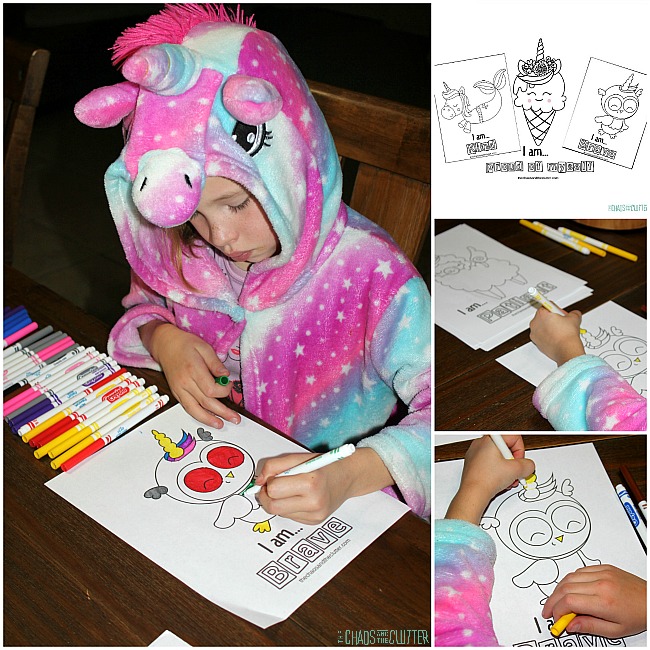Last year, I started the 12 Days of Holiday Giveaways as a way to say thank you to you, my awesome readers and I’ve decided to continue the tradition this year. I hope that in this time of busyness (and sometimes stress), this can be something light and fun to give. The most popular giveaway last year was on the day I entitled “My Favourite Things”. This year, I decided to make that the theme for every day. I can’t wait to share them with you!
The most popular giveaway last year was on the day I entitled “My Favourite Things”. This year, I decided to make that the theme for every day. I can’t wait to share them with you!
My Favourite Things 2021
I’ve chosen 12 things that I love or are special to me in some way to share with you.
You can enter each day until midnight pacific time on December 12th. I’ll be adding one new prize each day.
Enter to win just one or all 12 and you can come back again each day until the contest closes.
Winners will be notified personally via email the day after the contest ends, so be sure to use an email where I can reach out. Good luck!
(Please Note: Some giveaways are open to anyone worldwide, while others are only open to those in the U.S. and Canada due to shipping. Please note that as you enter the various giveaways).
Another Gift for You
In addition, as a thank you, you can also save 30% off anything in my shop for the duration of the giveaway by using the coupon code HOLIDAY2021.
Day #1 – Click & Grow Smart Indoor Herb Garden (3 slot size)
I’ve had my Click & Grow Herb Garden for just over 2 years now and I love it! I’ve grown many things in mine (lettuce, wild mini strawberries, cilantro, dill, basil, chives, rosemary, and mint). With practise, I now have it down to a science of a rotation of the herbs we use the most.
When I first add the pods, I like to mix them up so I don’t know which is which. Then I have fun guessing what they are as they begin to grow. I’ll admit that I even sometimes talk to them in the morning!
“Oh hello my little cilantro!”
The things I love most about my herb garden:
- it’s a way to bring some life and greenery into my house, especially in these cold Canadian winters!
- it’s so easy to use (the grow lights are one a timer – all I need to do is add water when it gets low)
- adding fresh dill to perogies or potatoes, fresh basil to pastas, fresh mint to sparkling water or salads, fresh rosemary to gravy, chives to eggs and dips, cilantro to homemade guacamole or to top our dinners
Day #2 – You Are Special Today Celebration Plate
One of the best gifts we’ve ever received was a red plate. This plate says “You are Special Today” and it has become a treasured family tradition in our home.
We received this gift after bringing two of our kids home from Ethiopia twelve years ago. Since that time, our entire family has used it to celebrate each other.
You Are Special Today Red Plate
On birthdays, the birthday person has this plate set out for them at their birthday supper. We have also put it out to honour special days such as one of our kids getting their first job, getting their driver’s license, graduating, or even for facing hard things and overcoming.
The red plate symbolizes being cherished and being part of a family who is there to celebrate you in the good times and support you through the bad.
My hope is that the winner of the red plate giveaway uses it to start their own family tradition of making each member of the family feel seen and celebrated.
a Rafflecopter giveaway
Day #3 – Cup of Té London Luxe Silver Starter Kit
I discovered Cup of Té last year during the holidays. The company was featured on Oprah’s Favourite Things last year and I was intrigued by their backstory and impressed by their founder so I ordered some of their tea to try.
I start every day with a mug of hot tea (with sugar), but I’m pretty picky about my tea. After trying many of their selections, London Calling is my favourite of theirs. I’ve chosen that as one of the teas I’m including in the giveaway.
Their founder, Taylor Lindsay-Noel was a former competitive gymnast who was paralyzed in an accident on the high bar. Her mission to find a new dream and to pursue that is very inspiring.
 Cup of Té donates $1 from each starter kit to mental health initiatives. Mental health has been something that has dramatically shaped our family, so that is all the more reason for me to love this company!
Cup of Té donates $1 from each starter kit to mental health initiatives. Mental health has been something that has dramatically shaped our family, so that is all the more reason for me to love this company!
What’s in the Luxe Silver Starter Kit?
- tea infuser
- luxe tin
- luxe spoon
- 100 g loose leaf London Calling tea
- 100 g loose leaf Cream of Earl Grey
Day #4 – Multiplication Pop It Math Fidget
Pop Its are a great fidget for kids or adults. If you’re not familiar with them, they are essentially a reusable, quiet version of bubble wrap!
What I like about this Multiplication Pop It is that it gives older kids an excuse to use a fidget in a practical way and still get the sensory benefits from it.
Sensory play is so important for older kids and teens, but isn’t always as easy to accomplish for that age group. That’s why this math fidget gets my vote this year as one of my favourite things.
Multiplication Pop It Math Fidget
Enter the giveaway below.
Day #5 – Bliss Collections Daily Planner Tear Off Pad
As a disorganized, wish-I-was-more-organized person who lives by lists, I love these Bliss Collections Daily Planner Tear Off Sheets. I use one for every weekday and in busy seasons, even use them for the weekend days as well.
By the end of each day, mine are a mess of additional notes, random thoughts, and being able to check things off the list! But that’s just evidence of how useful I find them.
Bliss Collections Daily Planner with 50 Undated 8.5 x 11 Tear-Off Sheets
What I love about them:
- the appointments clock where I can shade in not only the time of the appointments, but the driving time so that I can see at a glance how much time will realistically be left in the day
- the “must get done today” section which helps me prioritize
- a slot to add in what I’m grateful for to give me perspective
- meal plan section which helps me plan what I’m serving for dinners and remember to eat lunch!
- “today’s achievements” – this has helped shift my focus from how much I didn’t get done to what I was able to accomplish
Enter to win a set of your own below.
Day #6 – Lift As You Climb – The Story of Ella Baker
I love reading. I love books. I love my children. And I love inspiring, enlightening, world changing children’s books the very best!
Lift As You Climb, The Story of Ella Baker fits that criteria.
Lift as You Climb: The Story of Ella Baker
It was hard to pick a favourite book this year, but in honour of my youngest daughter who is fearlessly facing some adversities of her own this year and my wish for her right at this moment is to believe she can change the world. Plus, it’s a great anti-racism book for kids and that’s another topic close to my heart.
Day #7 – 24 piece Copper Box of Chocolates from Chocolaterie Bernard Callebaut
My guilty pleasure is chocolate. I’m also going to admit that I’m a total chocolate snob. I buy these amazing quality chocolates, but in my defence, I only eat one or two every few days so that they last a long time.
Cococo, the company that makes this chocolate is a Canadian owned company that is Rainforest Alliance Certified™, certified sustainable, and fair trade.

Enter below to win a 24 piece Copper Box of Chocolaterie Bernard Callebaut chocolates. Please note: Due to shipping considerations, this giveaway is only open to residents of Canada and the United States.
Day #8 – Holiday Guide to Sensory Overload PDF (3 Winners)
Now I know it may sound like I’m tooting my own horn to say that something I wrote is one of my favourite things of the year, but I’m really proud of this new resource that Heather and I wrote this year. 
I know how much the holidays used to be a struggle in our family and it warms my heart to know that those struggles led to something good…the ability to help other families avoid some of that same struggle.
Today, I’m giving away The Holiday Guide to Sensory Overload (PDF) to 3 winners. Enter below.
Day #9 – Hallmark Christmas Movie Watching Shirt
This time of year, my “guilty pleasure” is watching those super cheesy Hallmark Christmas movies. (If you like them too, you might enjoy our Christmas Movie Bingo).
Last year, I got myself a shirt to fully embrace this holiday tradition.
Hallmark Christmas Movie Watching Shirt
Enter below to win a shirt for yourself to wear while you snuggle under a blanket with a mug of hot cocoa and have a holiday movie marathon. (Due to shipping, today’s giveaway is only open to residents of Canada and the United States.)
Day #10 – Encouraging Mug
Since we’ve already established that I like to start my mornings with a nice cup of tea, I chose an inspirational mug as today’s giveaway. I have a collection of mugs, all with either a word or a phrase on them and I choose one each morning according to what I feel like I’m needing that day.
Let Your Faith Be Bigger Than Your Fear Mug
Enter to win a mug that will hopefully help you start the day with a bit of extra encouragement. (Due to shipping considerations, only residents of Canada and the United States are eligible for this prize.)
Day #11 – Discussion Napkins
I love, love, love these! They make a great hostess gift or you can keep them for yourself. Set out these cloth napkins, each of with a different discussion question on it and break the ice at your next family gathering or dinner party.
I’m someone who finds small talk torturous, so questions like these help move the conversation past the weather and into things of real substance. This builds or deepens relationships.
Enter below to win a set of Discussion Napkins. (Due to shipping considerations, today’s prize is only available for residents of the USA and Canada)
Day #12 – Freezer Meals 101 Membership Master Level ($97 value!)
Freezer meals save my sanity so they are of course one of my favourite things. The winner of today’s draw will win a Master Level Freezer Meals 101 Membership. The coolest part? The doors aren’t even open yet so the winner will be the first!
The membership includes things like being able to create your own customized meal plans with printable shopping lists and exclusive videos to help you take the stress out of dinner. This prize is open to anyone worldwide.
Interested in more information? Sign up to get an email when the membership community is open.
***Don’t forget that you can get 30% off EVERYTHING in our shop with the coupon code HOLIDAY2021 from now until the end of the giveaway!***











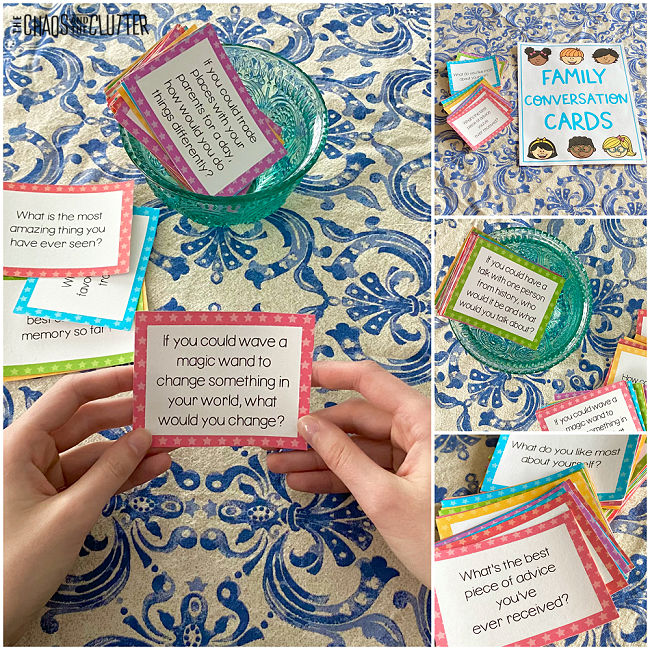


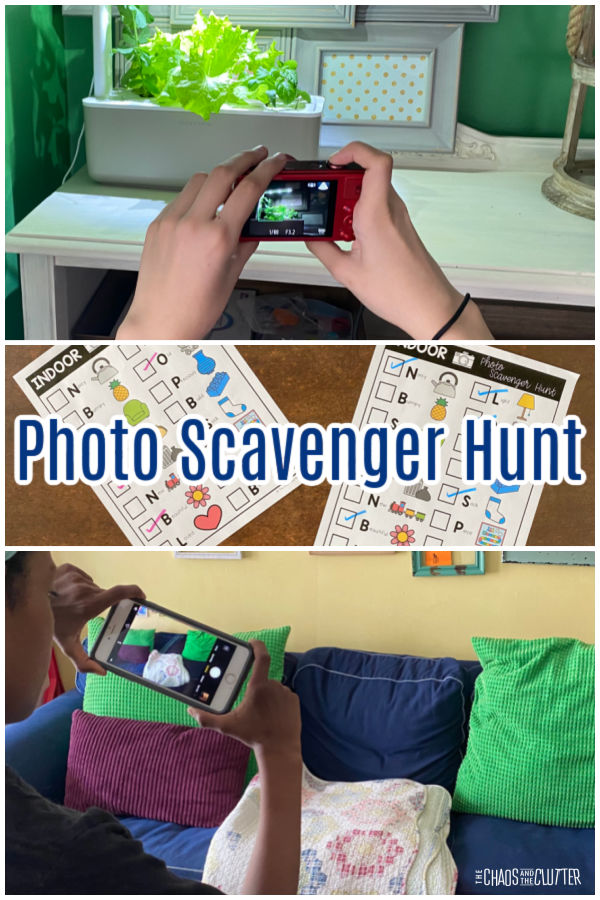
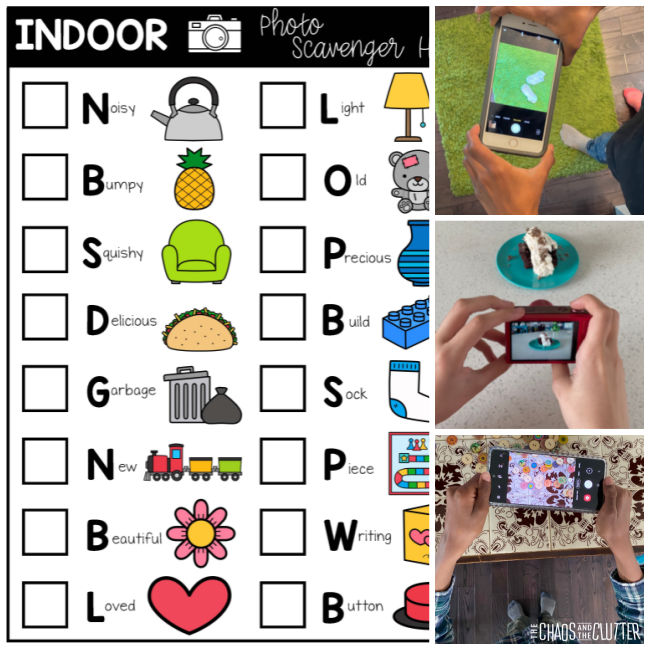
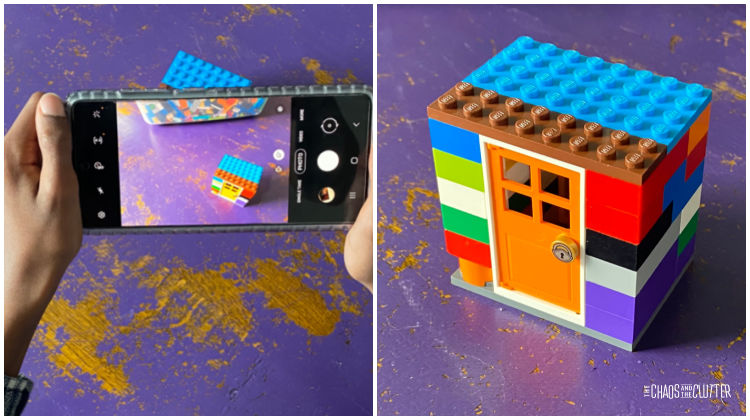

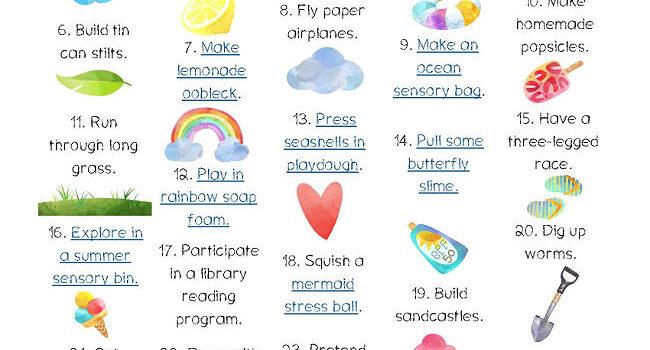
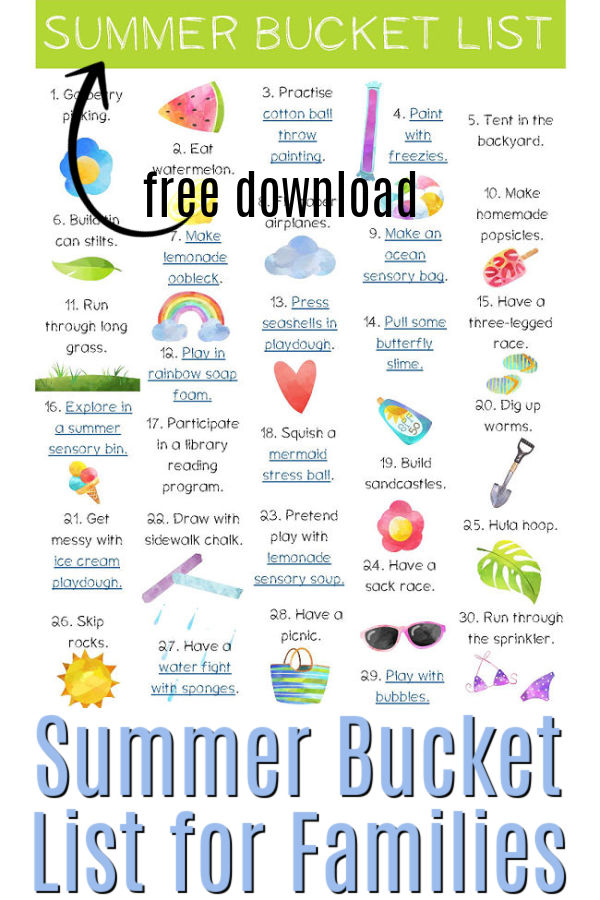
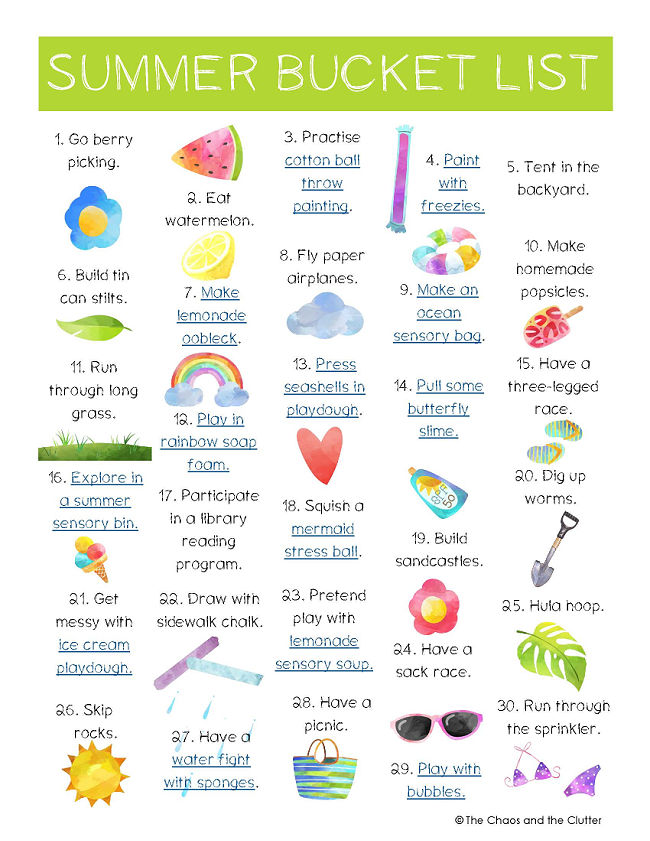

 Slime is pretty popular in our house and fluffy slime is the favourite. Everyone loves the texture that the shaving cream gives to it. Plus, it’s got that really nice stretch to it.
Slime is pretty popular in our house and fluffy slime is the favourite. Everyone loves the texture that the shaving cream gives to it. Plus, it’s got that really nice stretch to it. Directions:
Directions: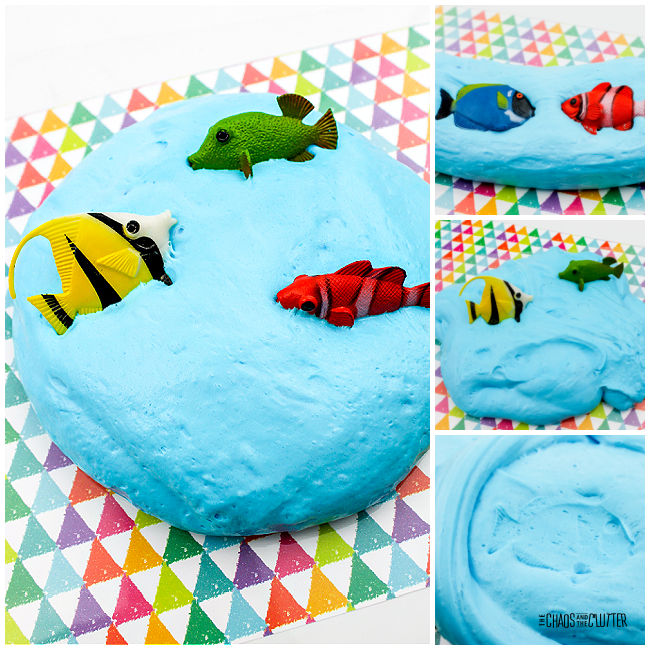 Adult supervision should be used with this and all other sensory play activities.
Adult supervision should be used with this and all other sensory play activities.  Be sure to check out some of our other fluffy slime recipes. These ones are our favourites:
Be sure to check out some of our other fluffy slime recipes. These ones are our favourites:



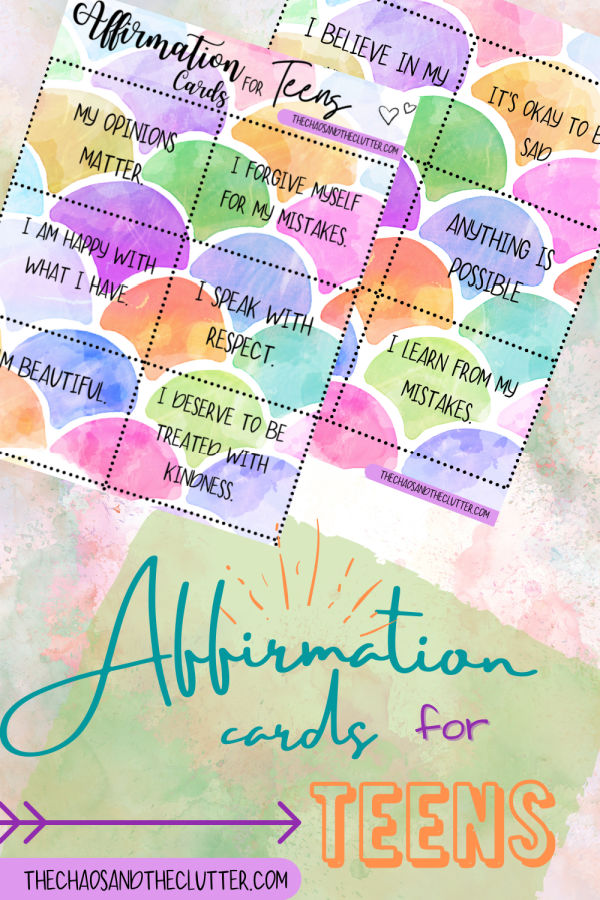 The stresses are real. Teens often struggle with negative self-talk which can be a contributing factor towards low self-esteem and even depression.
The stresses are real. Teens often struggle with negative self-talk which can be a contributing factor towards low self-esteem and even depression. 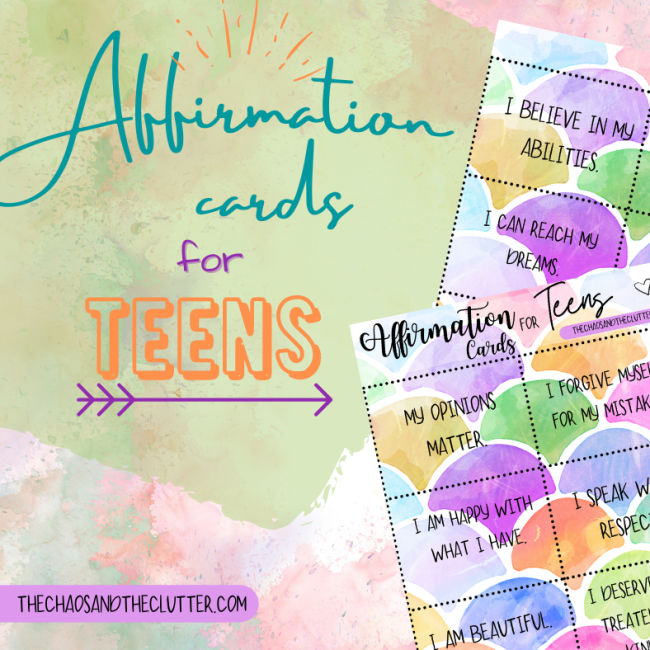 Affirmations work with continuous practice over time, so the sooner they can get on board, the quicker they will see the changes in themselves.
Affirmations work with continuous practice over time, so the sooner they can get on board, the quicker they will see the changes in themselves.